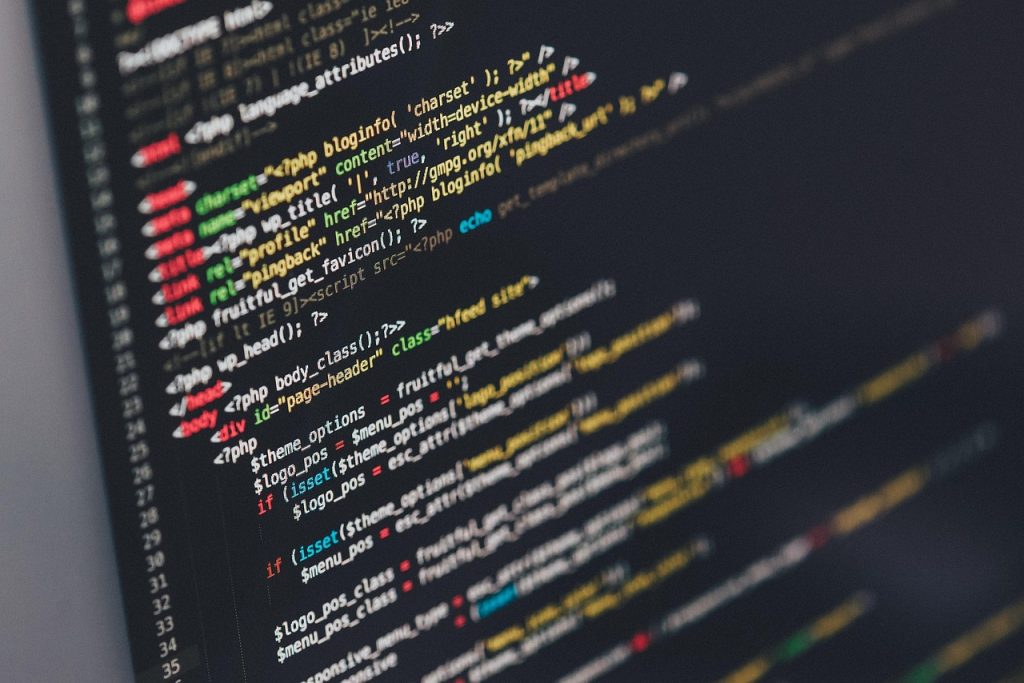Horseplayers vs Computer-Assisted Wagering (CAW)
3 min read
🏇 Why Normal Horseplayers Are at a Disadvantage vs. Computer-Assisted Wagering (CAW)
**Computer-Assisted Wagering (CAW)**, also called *batch betting* or *high-frequency wagering*, refers to teams or syndicates using algorithms, live tote feeds, and huge bankrolls to bet efficiently — often in the final seconds before a race starts.
Here’s how and why that creates disadvantages for everyday players:
1. **Information Timing**
* **CAW teams get near-real-time tote data** (odds, pool sizes, will-pays, exacta and trifecta combinations).
* **They often place bets at the very last second**, after seeing where all other money has gone.
* **Normal bettors’ odds change after their bets are placed**, because the CAW money floods in late and moves the pools dramatically.
*Example:* You bet a horse at 5-1 with two minutes to post. By race time, after CAW money hits, it drops to 2-1. Your expected return just got cut by more than half.
—
2. **Rebates and Pricing**
* CAW teams receive **large rebates** (often 8–12% of handle) from tracks or ADWs (Advance Deposit Wagering platforms).
* A casual player gets **no rebate or a tiny one** (maybe 1–3%).
* That means a CAW bettor can **profit on bets with a small negative expected value** — because rebates make them positive overall.
*Example:* A CAW team bets into a 16% takeout exacta pool. If they break even on pool results but get a 10% rebate, they make 10% profit. A normal player loses 16%.
—
3. **Pool Impact**
* Because CAW wagers are huge and concentrated, they **dominate pools** and cause wild late odds swings.
* The **price efficiency** they bring (removing “value”) makes it harder for non-CAW bettors to find overlays — horses whose odds are higher than their real win probability.
—
4. **Data & Technology Gap**
* CAW bettors have **custom software, proprietary models, and direct API access** to tote systems.
* Regular bettors use public past performances and manually input bets.
* That’s like a retail trader vs. a high-frequency trading firm on Wall Street.
—
How We Could Fix or Balance This
There are several approaches — some regulatory, some structural, some technological.
—
**1. Control Late Betting (Stop the “Flash Crash”)**
* **Lock wagering pools earlier** (e.g., 30 seconds before off-time) to prevent last-second CAW floods.
* **Or display final odds before betting closes**, giving transparency.
* Some jurisdictions (like Hong Kong) already do this successfully.
—
**2. Level the Rebate Field**
* Either:
* Reduce or ban **rebates tied to wagering volume**, or
* **Offer tiered rebates** accessible to all players, not just CAW syndicates.
* Equal pricing would make the playing field more fair.
—
**3. Transparency & Disclosure**
* Require **tracks or ADWs to disclose CAW activity**: how much of the pool they control, how much rebate money is paid out, etc.
* Let players understand **how odds are being formed**.
—
**4. Separate or Segmented Pools**
* **Create separate pools** for CAW and non-CAW players.
* The Hong Kong Jockey Club uses different wagering channels with latency controls — a model U.S. racing could emulate.
* Keeps retail players’ pools less distorted by last-second large bets.
—
**5. Improve Tools for Regular Bettors**
* Provide **public APIs, live tote data, and analytics tools** for individual bettors.
* Encourage innovation in handicapping software that helps smaller players use data more effectively.
* Promote **fixed-odds betting** where available — where your price is locked in when you bet.
—
**6. Incentivize Early Betting**
* Offer **early-bird rebates or guarantees** for wagers placed before a cutoff time.
* This stabilizes the pools and reduces last-second odds drops.
—
| Problem | Cause | Possible Fix |
| —————— | —————————– | —————————————– |
| Late odds drops | CAW last-second batch betting | Lock pools earlier |
| Rebate inequity | Volume-based deals | Level or disclose rebates |
| Price inefficiency | CAW dominance | Separate pools or restrict late CAW bets |
| Tech disparity | CAW access to APIs and data | Public APIs, better tools for individuals |
| Pool instability | Massive last-second wagers | Incentivize early betting |
—



